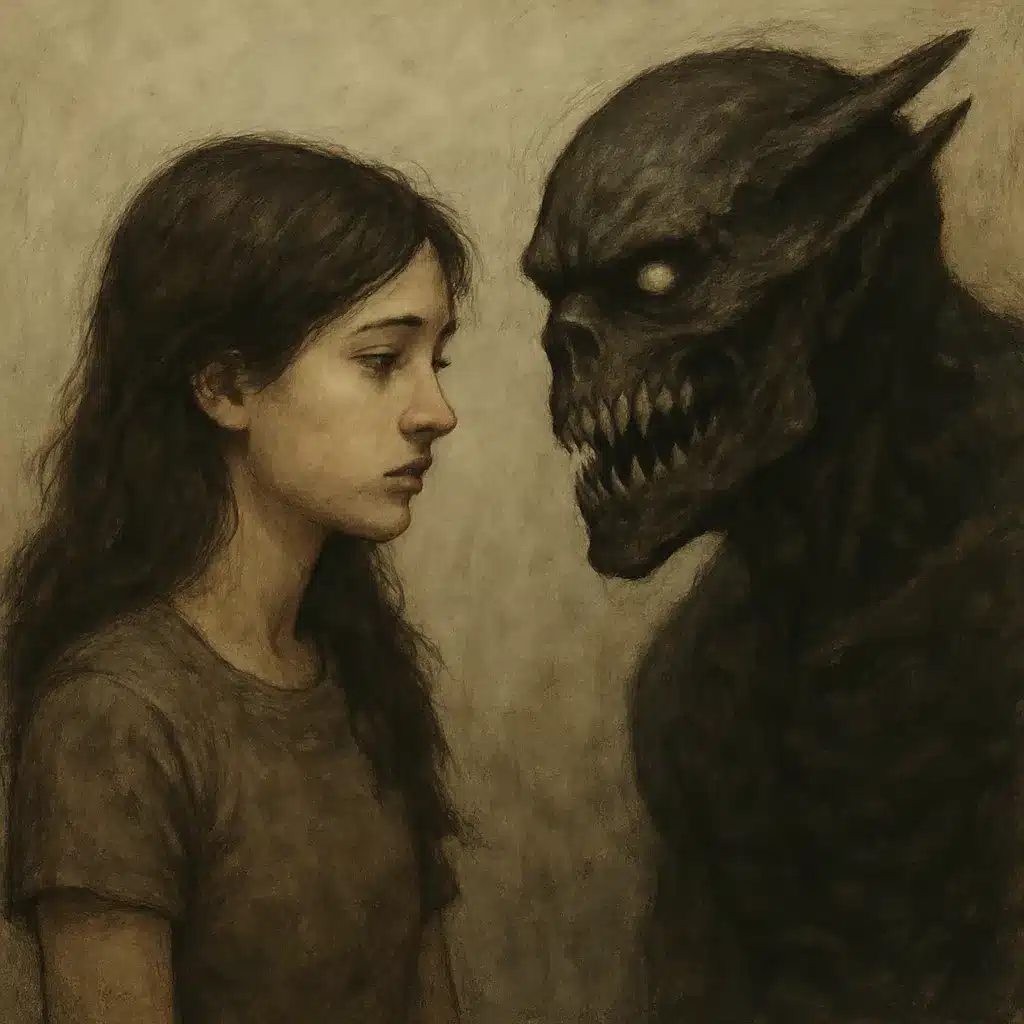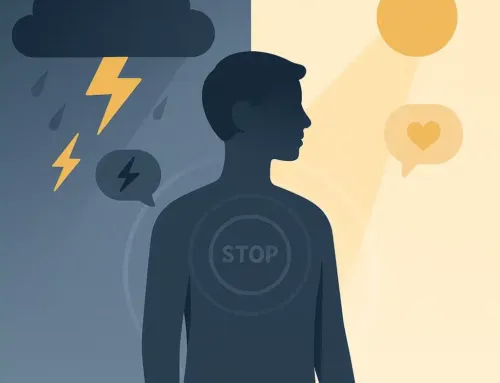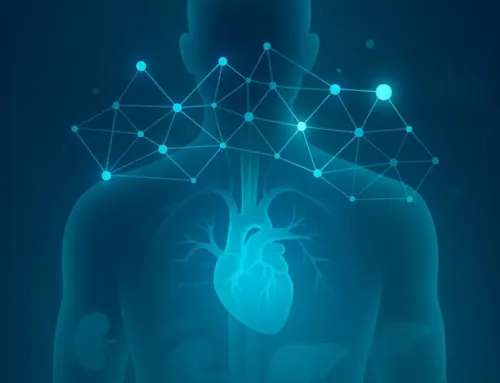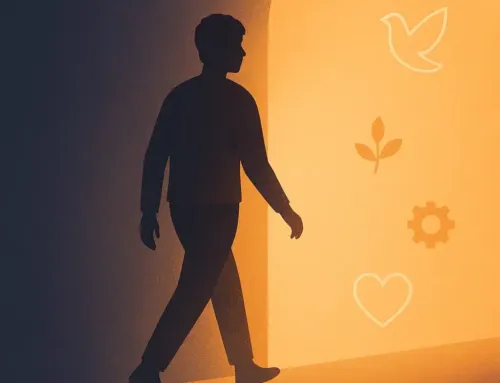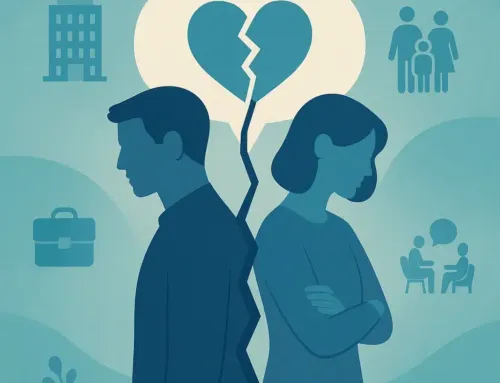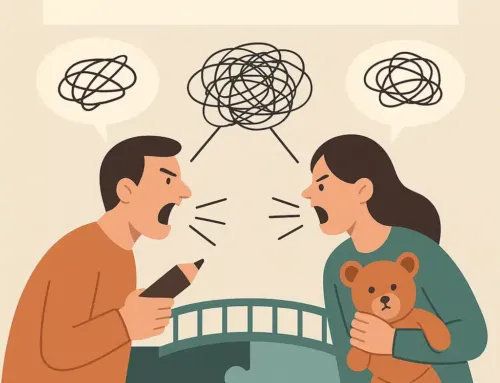
Approx. read time: 5.8 min.
Post: 7 Dark Truths About Love: Why Everyone Is Someone’s Monster in Relationships
“Everyone is someones monster”
— Leigh Bardugo, Six of Crows
It’s blunt, disquieting—and true. In every relationship, we carry both light and shadow. Even the most loving among us can become someone’s nightmare. Not because we’re evil. Because we’re human.
Whether romantic, familial, or platonic, relationships hold the power to shape—and shatter—us. And at some point, no matter how good our intentions, we become the villain in someone else’s story.
How We Become Monsters – Everyone is someones monster
1. Emotional Dysregulation
When emotions spiral, so do our reactions. Emotional dysregulation—intense, poorly managed emotions—can turn ordinary moments into chaos. Under pressure, you might yell, shut down, or lash out. It’s not always intentional, but the impact can be deep. According to psychological research, emotional dysregulation is a key predictor of relationship instability and conflict (Emotional Dysregulation, Wikipedia).
2. Moral Typecasting
People naturally divide roles: the victim and the villain. This is called moral typecasting—a cognitive bias where we paint ourselves as blameless sufferers and others as intentional wrongdoers. Once we cast someone as a monster, it’s hard to unsee it. But that judgment cuts both ways. When we hurt someone, they may do the same—labeling us as the source of their pain. (The Washington Post, 2025)
3. Emotional Manipulation
Not all harm is overt. Subtle behaviors like guilt-tripping, breadcrumbing (giving just enough to keep someone attached), and gaslighting inflict slow emotional damage. Even unintentional manipulation wears people down over time. Guilt-tripping, in particular, is a known emotional abuse tactic that can lead to shame, self-doubt, and trauma (Verywell Mind).
4. Avoidance and Stonewalling
Some of the worst pain comes not from what’s said, but what’s withheld. Stonewalling—shutting someone out emotionally—can feel like abandonment in slow motion. Research from the Gottman Institute shows that this pattern erodes intimacy and increases relationship breakdown. (Verywell Mind)
Intent vs. Impact – Everyone is someones monster
You didn’t mean to hurt them—but they’re hurt anyway. What now?
Intent doesn’t erase impact. If someone steps on your foot, it hurts whether they meant to or not. The same goes for emotional pain. A common defense—“I didn’t mean it”—can invalidate someone’s experience. As one Redditor put it:
“You don’t get to tell someone they aren’t allowed to be hurt.”
—Reddit: r/TooAfraidToAsk
This disconnect is the root of many ruptured bonds: one side sees a misunderstanding; the other sees betrayal.
Section 2: Real Stories, Real Monsters – Everyone is someones monster
Jason & Ari
Jason thought he was being protective. Ari felt suffocated. Jason checked Ari’s phone “just in case,” limited their social interactions, and asked for constant updates. He framed it as love; Ari felt imprisoned.
Eventually, Ari left. Jason was shocked. But to Ari, Jason was the monster—controlling, mistrusting, emotionally volatile. Jason didn’t see it until years later, during therapy.
Marie & Lena
Marie had a harsh way of joking. Lena laughed it off until one day she didn’t. “You make me feel stupid,” she said. Marie replied, “It’s just a joke. Don’t be so sensitive.”
Lena pulled away. Their friendship eroded. To Lena, Marie became the monster who humiliated her for sport. To Marie, it was harmless teasing—until it wasn’t.
The Mirror
If you’ve ever walked away from someone and never looked back—ghosted, cheated, lied, minimized their pain—you’ve probably been someone’s villain. The fact that you felt justified doesn’t cancel their hurt.
Section 3: Insights from Therapists and Researchers – Everyone is someones monster
Emotional Intelligence Is Key
Psychologist Daniel Goleman, who popularized the term emotional intelligence, emphasizes that recognizing your own emotional triggers and managing them is fundamental to healthy relationships. Low EQ people react defensively, blame others, or withdraw—behaviors often perceived as hurtful or abusive.
Attachment Theory Explains Our Patterns
Our earliest attachments—secure, anxious, avoidant, disorganized—shape how we give and receive love. Anxious partners might cling or panic; avoidant ones might retreat. These reactions aren’t excuses, but they are explanations. Understanding your attachment style can help you stop becoming a monster on repeat.
The “Four Horsemen” of Relationship Doom
Psychologist John Gottman identified four behaviors that predict relationship failure: criticism, contempt, defensiveness, and stonewalling. If these show up regularly, they indicate toxicity and the potential for emotional damage.
Section 4: How to Stop Being Someone’s Monster – Everyone is someones monster
1. Radical Self-Reflection
Ask yourself:
- Who have I hurt, even unintentionally?
- When have I dismissed someone’s feelings?
- Have I used guilt, silence, sarcasm, or control to get what I want?
Journaling helps. So does therapy. Be brave enough to look back without excuses.
2. Offer Sincere Repair
An apology isn’t a magic eraser—but it’s a bridge. A real apology:
- Names the harm (“I see how I hurt you.”)
- Takes responsibility without defending (“No excuses.”)
- Offers change (“Here’s how I’ll be better.”)
3. Rebuild Emotional Safety
Rebuilding trust takes consistency. Say what you mean. Do what you say. Avoid sarcasm when serious topics arise. Validate the other person’s emotional experience—even if you don’t fully understand it.
4. Ask Instead of Assume
Instead of “I didn’t think it’d bother you,” try “Did that bother you?” Small shifts in language can open big doors for emotional honesty.
Conclusion: We’re All Capable of Harm—and Healing – Everyone is someones monster
To love someone is to risk becoming their monster. Not because you want to. But because even the best intentions can go sideways.
The point isn’t to be perfect. The point is to be aware. To catch yourself in the act. To circle back and repair when you’ve caused harm. To face the mirror, no matter how painful, and say:
“Yes. I was someone’s monster. But I don’t have to stay that way.”
Relationships break down not because people are bad—but because they’re unaware, unhealed, or unwilling to face the damage they’ve done.
Everyone is someone’s monster. But monsters can evolve.
The ones who do?
They become something better: human, honest, and worth loving again.
Related Videos:
Related Posts:
Whack your boss – never harm a soul
Breaking Addiction to Negative Life Fixes: How to Face Your Demons Without Numbing Out
Child-Parent Perspective Conflict: Understanding and Resolving the Generational Divide
Coping with Childhood Trauma: 10 Proven Strategies for Healing and Growth
AI in Diabetes Treatment and Prevention
10 Revolutionary Breakthroughs Powering a Transformation in Cancer Care
Guiding Your Child Through Life: A Holistic Approach from Education to Parenthood
Defining What an Application Is
Don’t Let Old Hurts Get in the Way of New Beginnings
Mastering SEO: From Keyword Research to Advanced Strategies and Beyond


